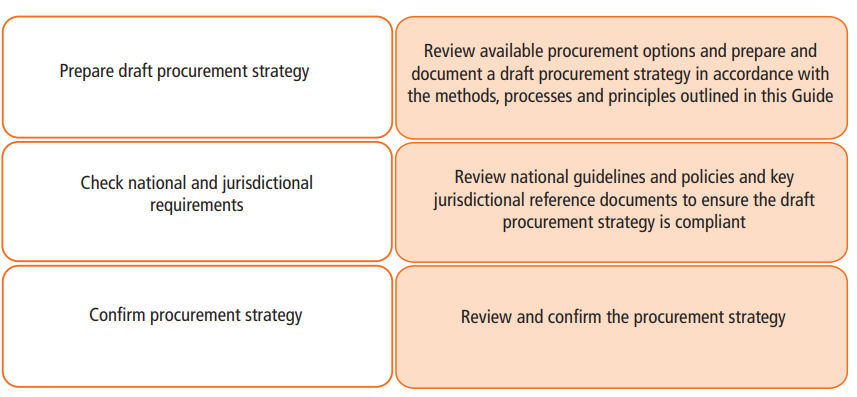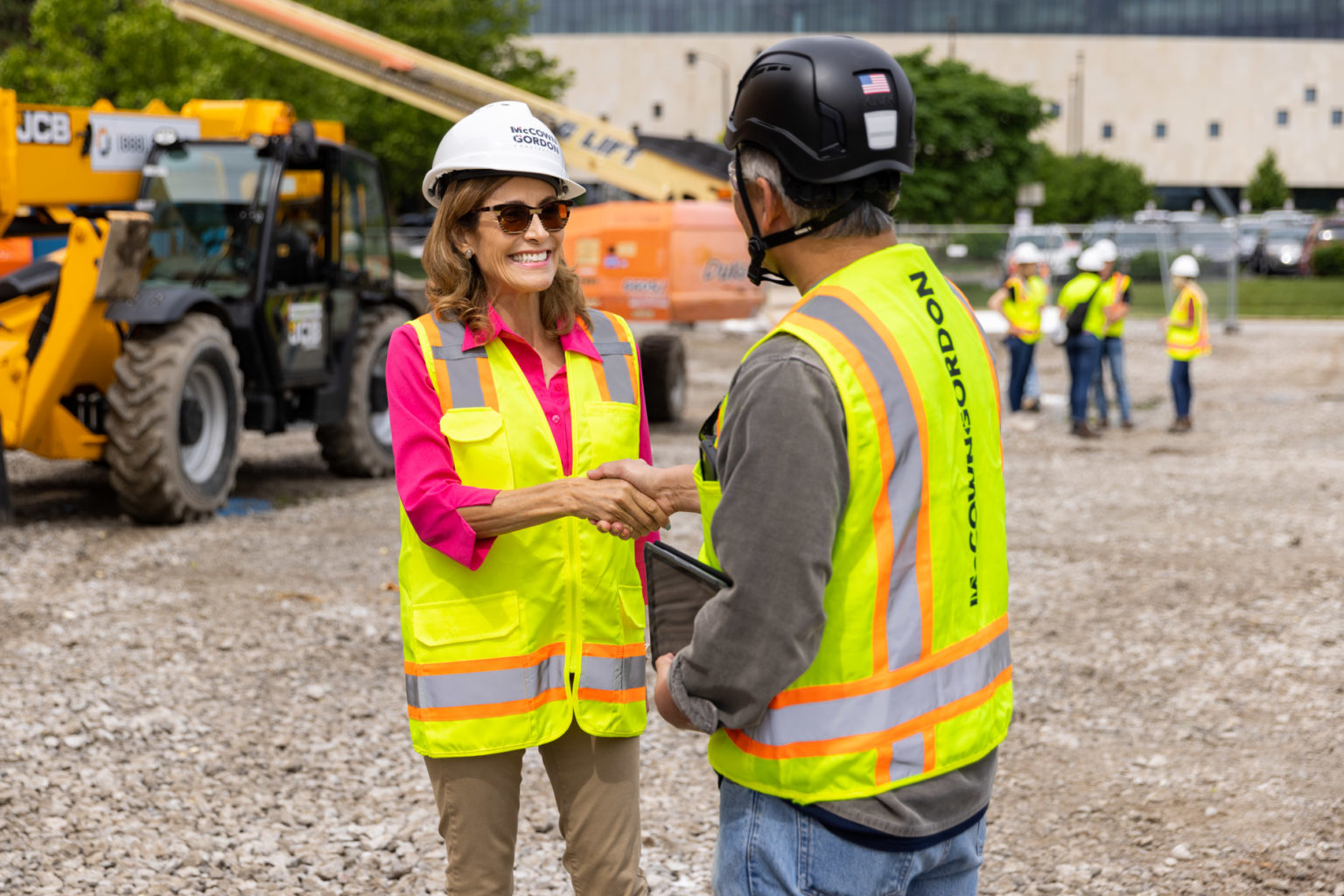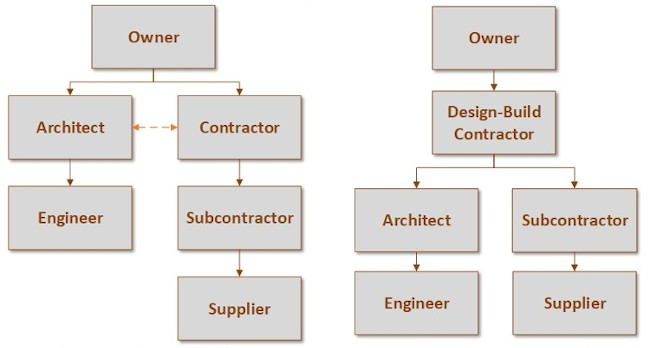Construction procurement is an integral part of construction management but is often overlooked. With the proper construction procurement in place, a construction company can avoid major setbacks and delays, which cost time and money.
When building a construction project, finding suitable building materials and supplies at the correct prices can be difficult. Building materials are often difficult to access. To procure them, you must go through many complex channels. Any lapse in the construction procurement process could lead to extra expenses that may cause you to prioritize your cash flow when you should be spending it elsewhere.
The Construction Procurement Process
The construction procurement process is the set of processes and procedures used to plan, source, select, and manage the supply of goods and services for the construction industry.

Construction procurement is a core process in the project management life cycle. It is a continuous process that begins with the initiation of a project and continues until the project’s completion. Procurement involves acquiring suppliers’ goods and services to complete work on projects. The procurement processes should be designed to meet the needs of a particular project or organization’s business model and risk profile.
The role of a construction procurement manager is to coordinate all aspects of procurement including supplier contracting, pricing, and risk management. They will also be responsible for establishing good working relationships with suppliers, negotiating contracts, and ensuring that any disputes arising from poor performance are resolved efficiently.
Procurement managers are usually employed by large companies such as contractors or developers who have many projects underway at any one time. They may work within one company or move between companies depending on their qualifications and experience.
The procurement process starts when someone needs or wants something built. The property owner might wish to build a new office building or house, for example. Then they start looking for companies who can help them build it. They ask around and find builders willing to take on the construction job.
Once they have chosen their builder, they will negotiate with them about how much money they want and how long it will take to build their new building or house. Once this has been done, both parties agree on contract management that sets out how much money the builder will pay for each work item carried out during the construction of their new property.
Related: Measuring Project Profitability for Construction
Advantages of the Construction Project Procurement

Construction project procurement has become a vast industry, with many companies vying for the same contracts. There are several benefits to using this method, including the following:
Cost savings: When you have an excellent procurement process, you can get better prices from your suppliers. This means you can save money on your purchases and use it elsewhere in your business. In addition, a good construction procurement method should foresee potential cost fluctuations and account for the same.
Improved Quality: The level of competition between firms tends to improve quality as they try to win contracts with lower prices. The risk associated with poor quality is also reduced when multiple suppliers are involved in a project.
Time efficiency: Putting an entire project team to work together, makes it easy to manage resources and achieve the project’s success seamlessly. The managing contractor must stick to the construction schedule to complete the project quickly and efficiently without wasting time or resources due to miscommunication between individuals. This also eliminates any potential confusion between companies working on your site at once, as they’ll all be communicating through one voice—yours!
Reduced delays: By ensuring that all materials are ordered before they are needed, there should be fewer project delays caused by missing components or materials. This means less downtime, which will improve productivity levels throughout the site and help meet deadlines more effectively than if there were problems with deliveries or other issues related to material availability.
Parties Involved in Construction Project Procurement?
In the construction industry, many different parties are involved in a project’s procurement process. The leading players include owners, designers, contractors, and subcontractors.

Owner: The property owner is responsible for all aspects of the project and has the ultimate authority over decisions that impact the design or construction process. Owners are typically involved in pre-construction meetings with designers and contractors to determine the scope of work and the associated costs.
Architect: The architect designs the building or structure that a contractor will build. Architects sometimes oversee the entire procurement process from beginning to end. In many cases, however, they only provide design services and do not oversee any part of construction other than the initial planning stages. The contractors may ask for the design documents from the architect to ensure that the project follows all the design phases.
Engineer: An engineer may work with an architect to ensure that plans meet building codes and other regulations for safety reasons. Engineers can also perform site surveys to determine if the land is suitable for construction purposes in some cases.
Contractor: Contractors are hired by an owner to complete specific phases of a construction project, such as grading dirt or pouring concrete foundations. Contractors typically have years of experience working on similar types of projects, so they know how to complete each phase efficiently while maintaining budget expectations set by owners.
Subcontractor: Contractors hire subcontractors to perform plumbing or electrical work.
Related: How to Manage Construction Project Profitably
Types of Construction Procurement?
Construction management procurement is a process that involves planning, designing, purchasing, and managing the construction of a facility. Procurement is often considered the most complex part of any project due to the many stakeholders involved in deciding what needs to be built and how it will be built.
You can break down the process into different construction procurement methods:
Design-Bid-Build (DBB): This is a standard method in which an architect designs the building, then contractors bid on a contract to build it. The contractor who bids the lowest price wins. This process can take a long time and often results in extra costs for unforeseen requirements during construction.
Design and Build (DB): This method combines having an architect design the building and overseeing its construction. The architect also acts as project manager and oversees all aspects of construction from start to finish. This method saves time because contractors do not need to bid on contracts; however, there is still some risk involved since it may be challenging to find qualified architects willing to work on such projects full-time.
Management contract: This is where one party takes on the full responsibility for building a project, with the client retaining control of design and planning permissions. This type of procurement is mainly used for public-sector projects when using traditional procurement routes is impossible.
Construction management: This is where a contractor takes on the full responsibility for building a project but does so under the close supervision of another party who acts as a project manager. This type of procurement is used for public and private sectors when it’s impossible to use traditional procurement routes.
Private finance initiative (PFI) – this type of procurement involves private companies providing money for public sector projects through long-term funding agreements that last up to 30 years. It’s been used since 1992 and has become increasingly popular due to its flexibility and efficiency.
Emerging Ideas: This involves using existing technology to create new solutions for problems that other companies or organizations in your industry have not yet solved.
Conclusion
A robust construction procurement process is crucial to bringing both small and large-scale dream projects to life. Once a project has been conceived, only companies with sophisticated procurement capabilities can move it into reality in profitable ways—and keep customers happy doing so!
You need to find better ways of getting new construction projects completed faster, cheaper—and with less waste.
Procurement management is a cornerstone to making your construction products more profitable. And it will also enable you to grow construction revenue in new markets with smaller costs.
With our strategic cost reduction and product scaling capabilities, EpiProdux can increase a construction business’s gross profits by as much as 30%.
FAQs
What are the three types of procurement in construction?
The procurement sector is made up of three main types: direct procurement, indirect procurement, and services procurement.
What are the seven steps of procurement in construction?
This is the essential stage of the procurement process. The first step is Request for Proposal (RFP), Bid Analysis, Prequalification, Request for Quotation (RFQ), Prequalification of bidders, Bid opening and evaluation, and Contract award.
Which is the best procurement method for construction?
The general contracting procurement strategy involves one firm designing a project and delivering it to another firm for construction. This is the most common approach, especially when designs are completed before starting and ready. We on Epiprodux provide the best systems that to hep you manage your construction project. Signup today to access our services


